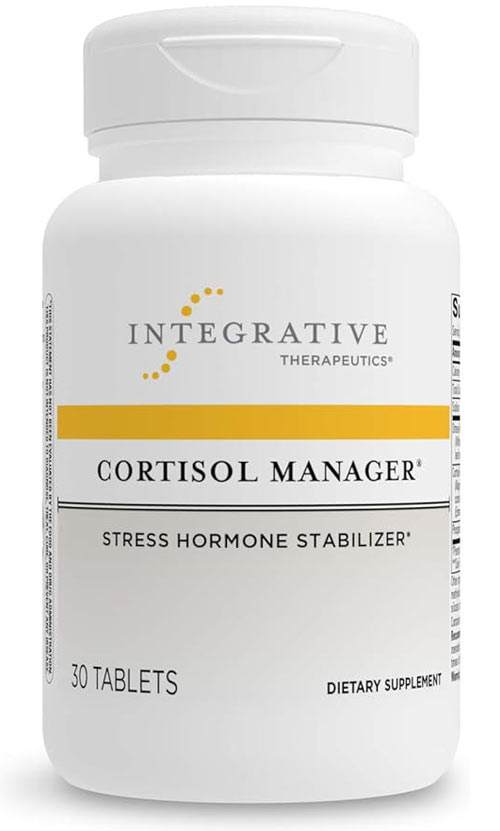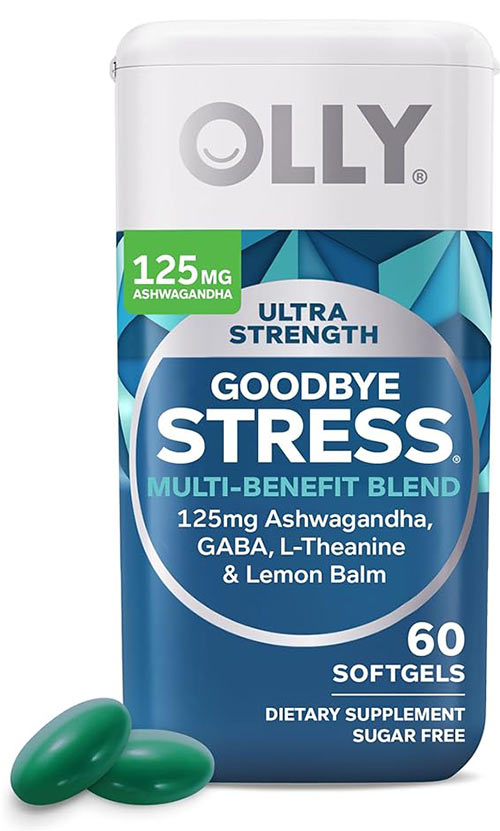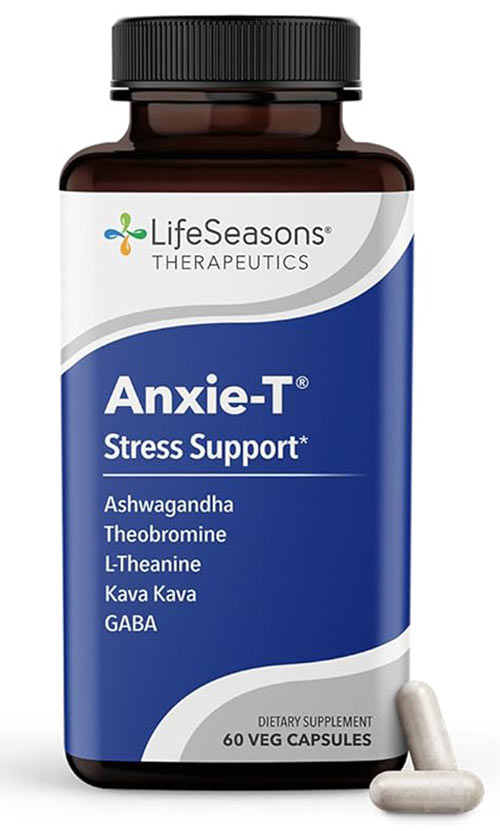Published by Contentify AI
- Introduction to the Connection Between Anxiety and Physical Exercise
- Understanding Anxiety: Causes and Symptoms
- The Science Behind Exercise and Mental Health
- Types of Physical Activities Beneficial for Anxiety Relief
- How Regular Movement Can Lower Anxiety Levels
- Creating an Effective Exercise Routine for Better Mental Health
- Incorporating Mindfulness into Your Workouts
- Real-Life Success Stories: Movement as a Tool for Mental Well-being
- Conclusion: Embracing Movement for a Healthier Mind

Key Takeaways
- Physical exercise can significantly reduce anxiety levels.
- Regular movement is beneficial for overall mental health.
- Incorporating physical activity into daily routines can improve emotional well-being.
Introduction to the Connection Between Anxiety and Physical Exercise
There is a compelling connection between anxiety and physical exercise, often summarized as “Movement for Mental Health.” Engaging in regular physical activity has been shown to alleviate symptoms of anxiety by promoting the release of endorphins, which are natural mood lifters. Exercise can also serve as a healthy coping mechanism, providing an outlet for stress and a distraction from negative thoughts. Furthermore, the structured nature of a workout can foster a sense of control, which is often lacking during anxious episodes. Understanding this dynamic relationship can empower individuals to incorporate exercise into their mental health strategies, offering a proactive approach to managing anxiety.
Understanding Anxiety: Causes and Symptoms
Anxiety is a complex mental health condition with various causes, including genetic predisposition, environmental influences, and biochemical factors. Symptoms can range from excessive worry and irritability to physical manifestations such as increased heart rate, muscle tension, and fatigue. Understanding these aspects is crucial for recognizing how anxiety affects daily life.
Physical exercise has been shown to counteract these symptoms effectively. Engaging in regular movement can help alleviate feelings of tension and stress, providing an immediate sense of relief. Furthermore, exercise fosters the release of neurotransmitters like serotonin and dopamine, which play a significant role in regulating mood. By grasping the causes and symptoms of anxiety, individuals can better appreciate how incorporating physical exercise into their routines can serve as a valuable tool in managing their mental health.
The Science Behind Exercise and Mental Health
Research has consistently shown that there is a significant link between anxiety and physical exercise: movement for mental health. Engaging in regular physical activity boosts the body’s production of neurotransmitters, including serotonin and norepinephrine, which help regulate mood and alleviate anxiety symptoms. Additionally, exercise increases blood flow to the brain, promoting neurogenesis—the creation of new neurons—which is crucial for mental health. The physiological effects of exercise, such as lower levels of cortisol (the stress hormone), contribute to a calmer state of mind. Furthermore, studies have demonstrated that even short bouts of exercise can lead to immediate improvements in mood and reductions in anxiety levels. This underscores the importance of incorporating physical activity into one’s routine as a practical strategy for managing anxiety and enhancing overall mental wellness.
Boost Your Wellness with Anxie-T
Experience the calming effects of LifeSeasons Anxie-T with Ashwagandha, Kava Kava, L-Theanine, and GABA. Support mood, mental focus, and relaxation with this stress relief supplement.
Types of Physical Activities Beneficial for Anxiety Relief
Various types of physical activities can provide significant relief from anxiety, making them vital for anyone seeking to improve their mental health through movement. Aerobic exercises, such as running, cycling, and swimming, are particularly effective at reducing anxiety due to their ability to increase heart rate and promote endorphin release. Yoga and Pilates offer a dual benefit by combining physical movement with mindfulness practices, helping to calm the mind while improving flexibility and strength. Strength training, too, has been linked to improved mood and reduced anxiety, as it empowers individuals and fosters a sense of accomplishment. Additionally, outdoor activities such as hiking or walking in nature can enhance the benefits of exercise by incorporating the soothing effects of natural environments. Overall, integrating a variety of these physical activities into your routine can create a comprehensive approach to managing anxiety and promoting mental well-being.
How Regular Movement Can Lower Anxiety Levels
Regular movement plays a crucial role in lowering anxiety levels, making it an essential component of a holistic approach to mental health. Engaging in physical exercise leads to the release of endorphins, often referred to as “feel-good” hormones, which can create a sense of euphoria and alleviate feelings of anxiety. Moreover, consistent physical activity reduces the body’s stress hormones, such as cortisol, leading to a calmer physical state. The rhythm of movement during exercise also promotes a meditative state, helping to quiet racing thoughts and improve focus. Additionally, setting and achieving exercise goals provides a sense of accomplishment, boosting self-esteem and further reducing anxiety. Incorporating regular movement into daily routines, whether through structured workouts or enjoyable physical activities, can significantly contribute to lower anxiety levels and improved overall mental health.
Creating an Effective Exercise Routine for Better Mental Health
Creating an effective exercise routine for better mental health is essential for anyone looking to manage anxiety through physical activity. Start by setting realistic and achievable goals, focusing on consistency rather than intensity. Aim for at least 150 minutes of moderate aerobic exercise each week, which can include activities such as brisk walking, cycling, or swimming. Incorporate a variety of exercises, including strength training and flexibility workouts, to keep the routine engaging and holistic. Additionally, consider scheduling workouts at times when energy levels are highest, ensuring the routine fits seamlessly into daily life. It’s also beneficial to track progress, as seeing improvement can enhance motivation. Lastly, always listen to your body and modify the routine as needed to prevent injury and promote a positive experience. By thoughtfully crafting an exercise regimen, individuals can harness the power of movement for improved mental health and reduced anxiety levels.
Incorporating Mindfulness into Your Workouts
Incorporating mindfulness into your workouts can significantly enhance the benefits of physical exercise, particularly for those dealing with anxiety. Mindful exercise combines movement with present-moment awareness, allowing individuals to connect more deeply with their bodies and thoughts. Techniques such as focusing on your breath, paying attention to the sensations of movement, and observing how your body feels during each exercise can foster a greater sense of calm and reduce anxiety. Activities like yoga and tai chi are especially beneficial as they emphasize slow, deliberate movements and breath control, promoting relaxation and stress reduction. Even during more vigorous workouts, taking moments to refocus on your breath and the rhythm of your movements can help ground you and shift attention away from anxious thoughts. By integrating mindfulness into your physical activity, you can create a holistic approach that not only addresses physical health but also nurtures mental well-being.
Real-Life Success Stories: Movement as a Tool for Mental Well-being
Real-life success stories highlight the transformative power of anxiety and physical exercise as a means of promoting mental health. Many individuals have shared how incorporating regular exercise into their daily lives has led to significant reductions in anxiety symptoms. For example, one individual reported that after committing to a daily routine of jogging, they experienced not only improved physical fitness but also a marked decrease in feelings of panic and worry. Another person found solace in yoga, which not only helped them manage anxiety but also fostered a sense of community and support through group classes. These stories underscore that movement serves as a powerful tool for mental well-being, providing a sense of accomplishment, a distraction from negative thoughts, and an opportunity for social engagement. As more people share their journeys, it becomes increasingly clear that embracing physical activity can be a vital step towards achieving better mental health and overcoming anxiety.
Conclusion: Embracing Movement for a Healthier Mind
Anxiety and Physical Exercise: Movement for Mental Health
The connection between anxiety and physical exercise is profound and multifaceted. Engaging in regular physical activity has been shown to significantly reduce anxiety levels, as exercise promotes the release of endorphins and other neurotransmitters that enhance mood. Movement acts as a natural stress reliever, providing an outlet for pent-up energy and negative emotions. Additionally, exercise can foster a sense of accomplishment and control, which is often lacking in those experiencing anxiety. Whether through aerobic activities, strength training, or mind-body practices like yoga, incorporating movement into your daily routine can lead to substantial improvements in mental health. Ultimately, adopting a lifestyle that prioritizes physical exercise not only supports the body but also serves as a powerful strategy for managing anxiety and promoting overall well-being.












